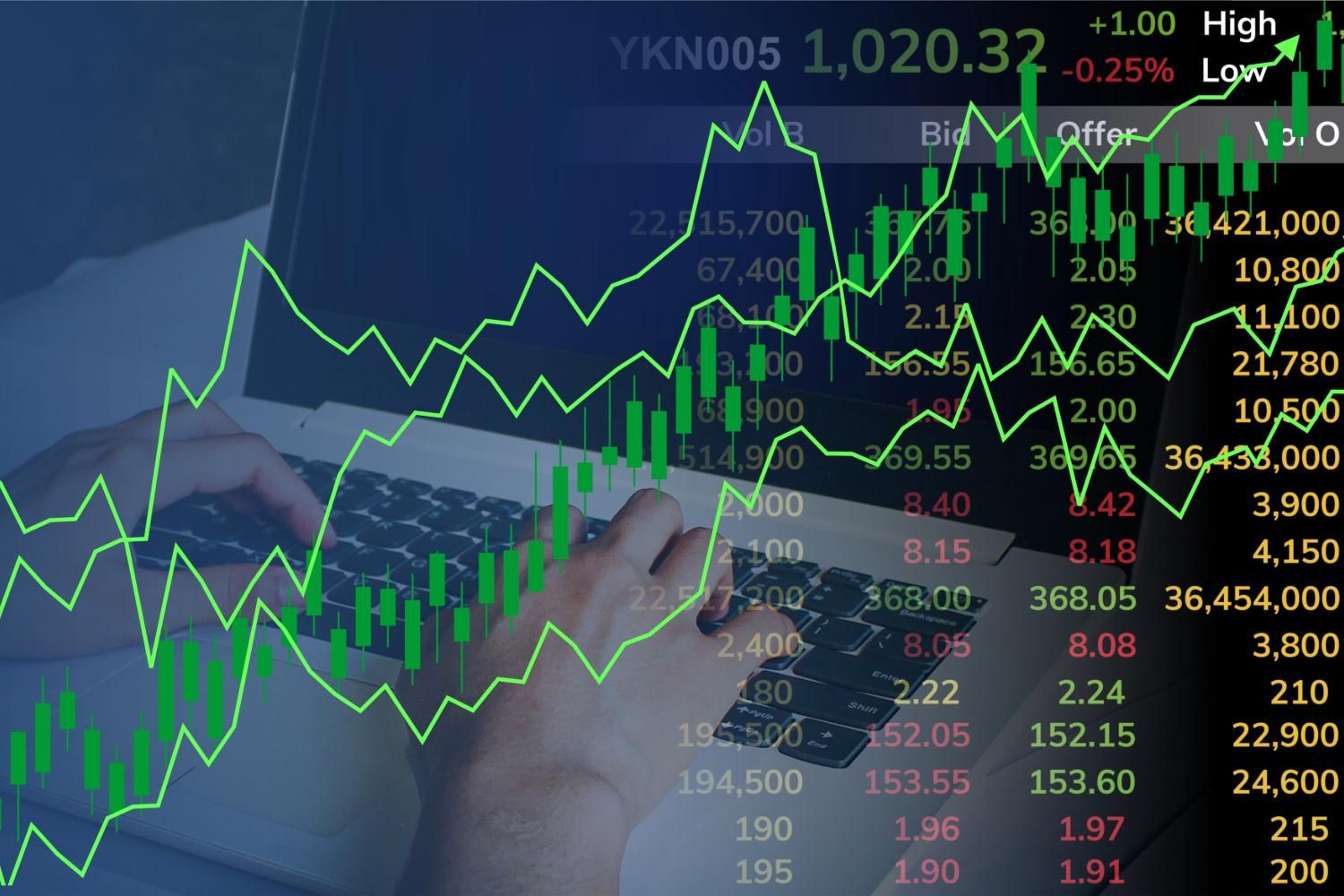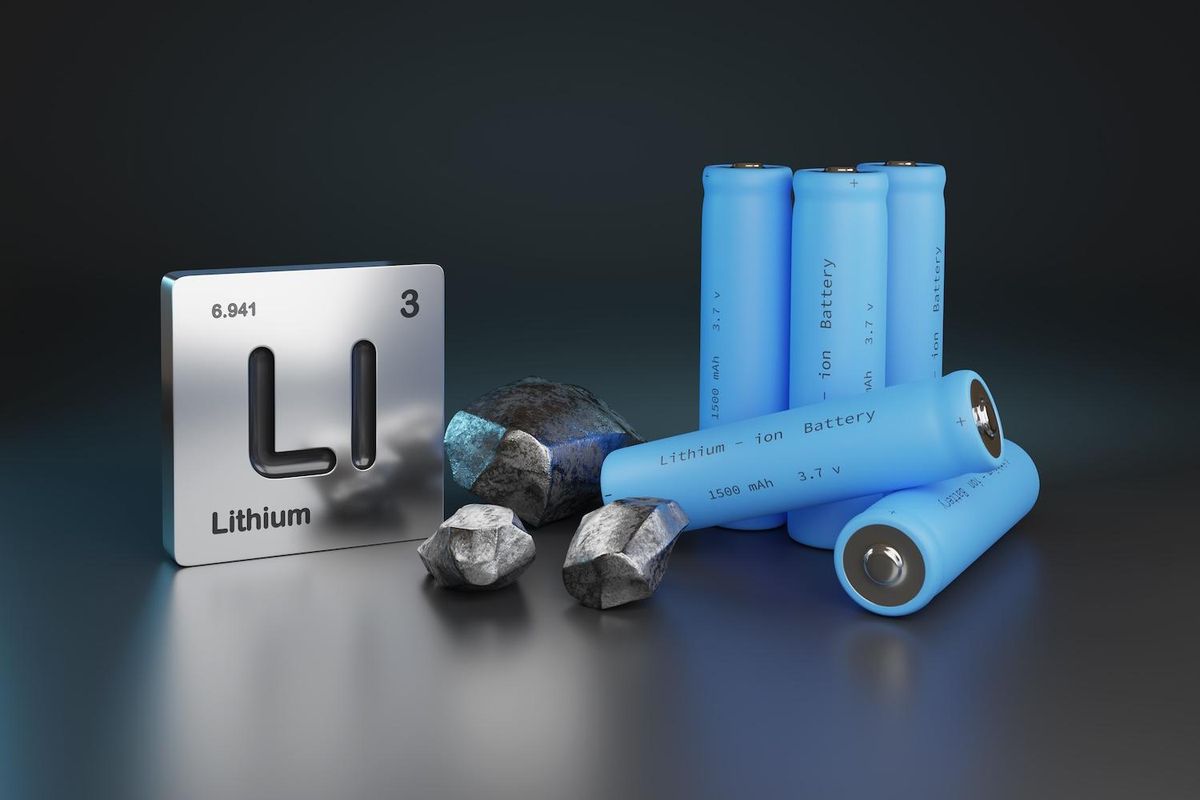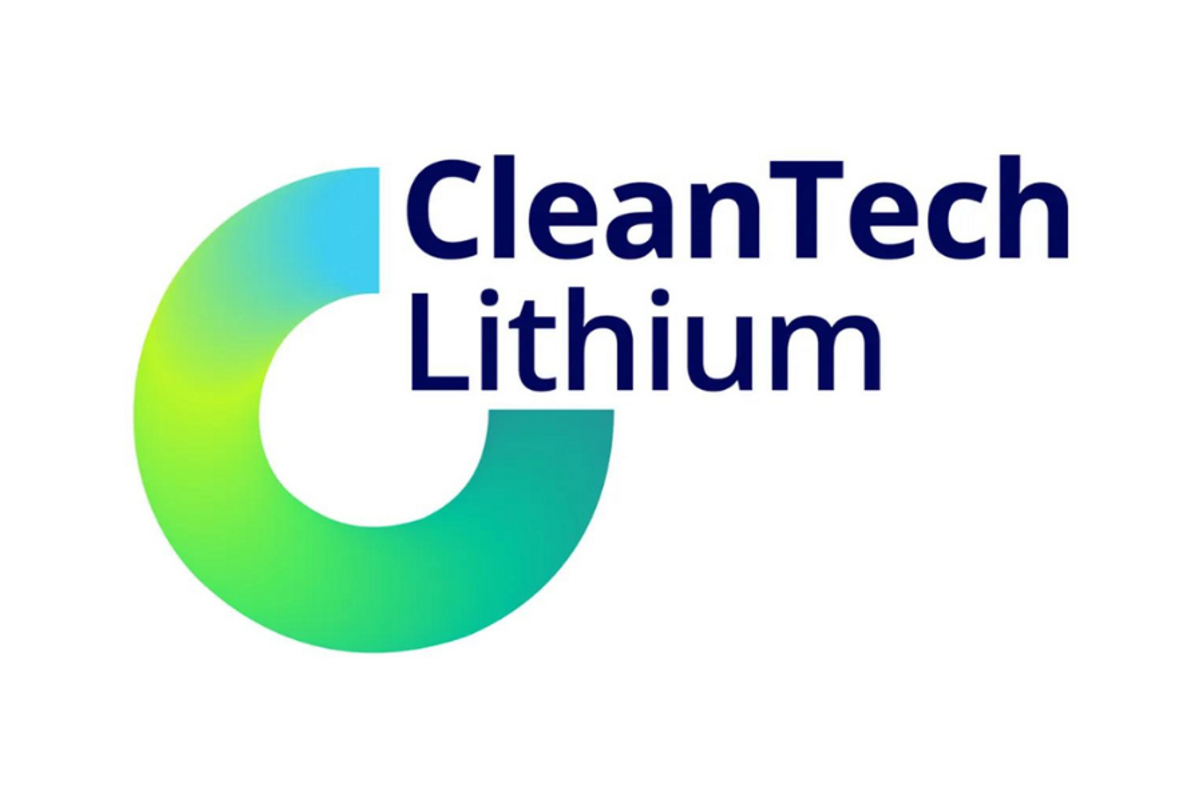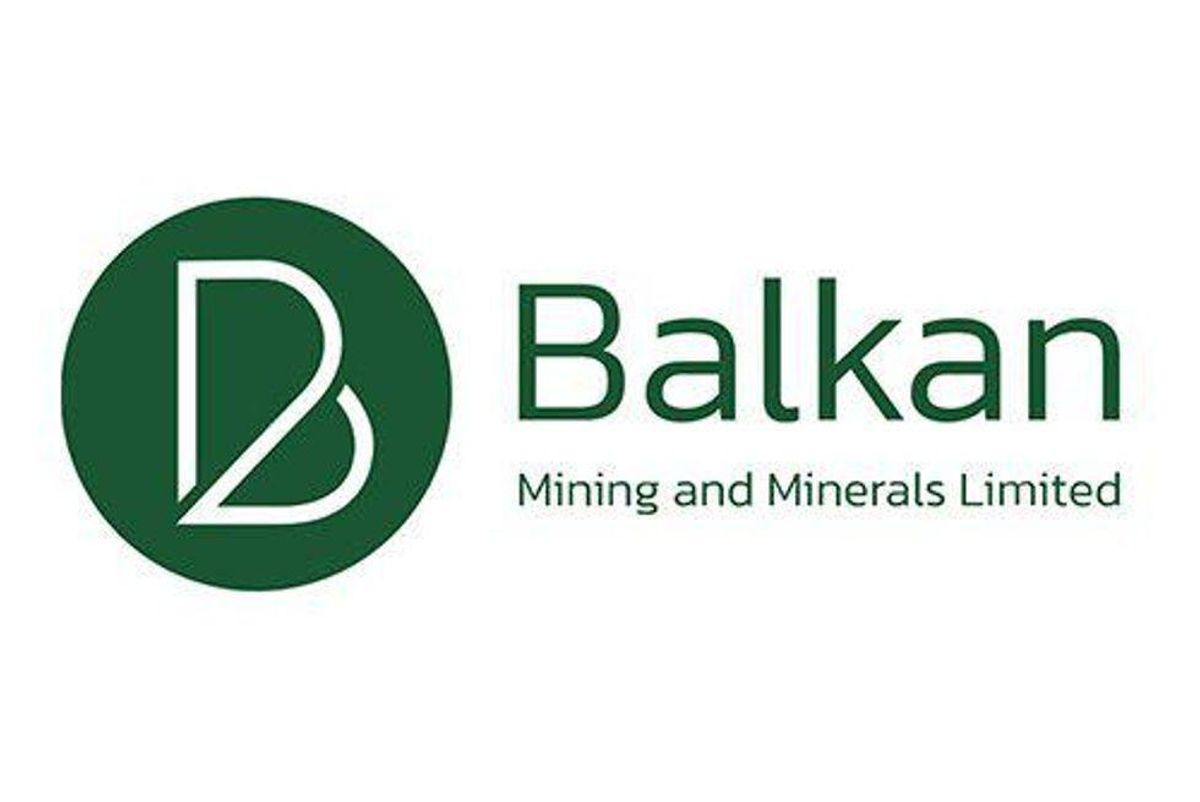
March 08, 2023
Balkan Mining and Minerals Ltd (ASX: BMM; “Balkan Mining” or “the Company”) is pleased to announce it has entered into a binding purchase and sale agreement to acquire 100% of the Barbara Lithium exploration project located in the Barbara Lake Area, Thunder Bay North Mining District of Ontario, Canada (the "Barbara Lithium Project" or "Project").
HIGHLIGHTS
- BMM secures an agreement to acquire 100% of the Barbara Lithium Project located in the Barbara Lake Area, Thunder Bay North Mining District of Ontario, Canada.
- The Project is located ~15km southeast of Imagine Lithium's Jackpot Deposit.
- The Project consists of 212 claims covering an area of approximately 42 km2.
The Project is located in the central portion of the Barbara Lake Area and encompasses the southwestern part of Georgia Lake. The Project is located approximately 37 km northeast of Nipigon and 150 km northeast of Thunder Bay, Ontario.
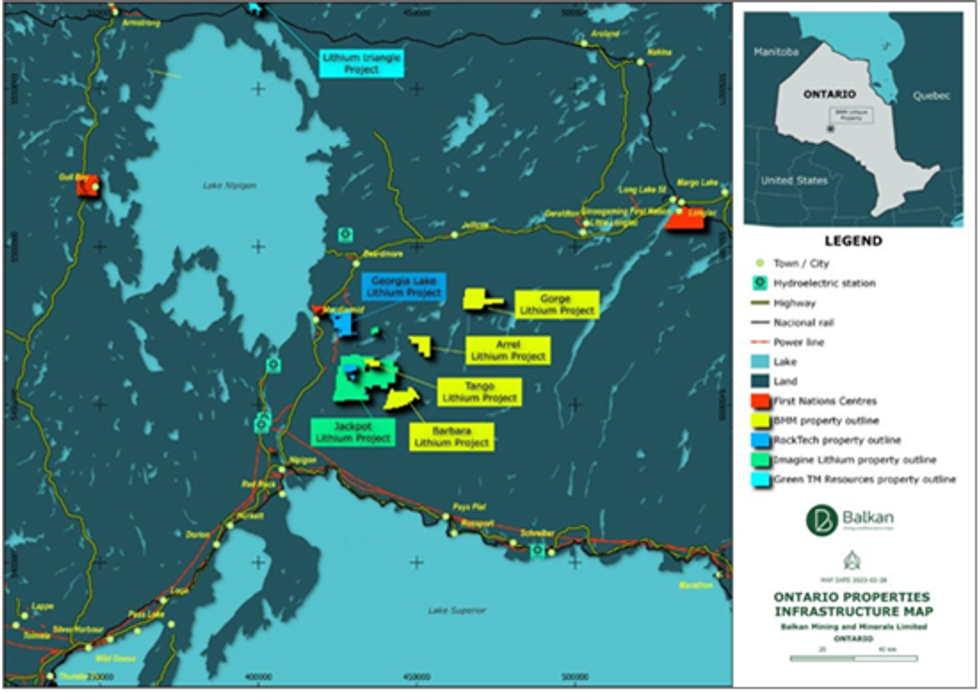
Balkan Mining Managing Director, Mr Ross Cotton, commented:
“We are pleased to have secured the Barabara Project in the attractive Northwestern Ontario, Thunder Bay Lithium District. With this acquisition, we expand our portfolio footprint in Ontario to 120km2 further demonstrating our commitment to the region. I am pleased with our team in Canada and their achievements, with planning begun to undertake exploration activities in the emerging Thunder Bay Lithium District in 2023.”
Project Geology
The Barbara Lithium Project lies in the Quetico Subprovince of the Superior Province, bounded by the granite-greenstone Wabigoon Subprovince to the north and Wawa Subprovince to the south.

This Quetico Subprovince consists dominantly of clastic metasediments with inter‐formational chemical metasediments, which deposited between 2.70 and 2.69 Ga. The clastic metasediments represent a strongly metamorphosed turbidite sequence varying from arenaceous to argillaceous with local conglomerates units. Banded iron formations within the metasediments consist of ferruginous chert, oxide (magnetite‐chert) and sulphide (sulphide‐ chert) facies with localised graphite. There are numerous pegmatite and diabase dykes cross- cutting the clastic and chemical metasediments. General younging is to the north, but there are local south overturns. The rocks of the Quetico Subprovince have undergone lower amphibolite metamorphism.
Click here for the full ASX Release
This article includes content from Balkan Mining and Minerals, licensed for the purpose of publishing on Investing News Australia. This article does not constitute financial product advice. It is your responsibility to perform proper due diligence before acting upon any information provided here. Please refer to our full disclaimer here.
BMM:AU
The Conversation (0)
05 September 2021
Bayan Mining and Minerals
Mining Critical Minerals from the Balkan Region
Mining Critical Minerals from the Balkan Region Keep Reading...
19 January
Further Exploration Targets Identified at Bayan Springs
Bayan Mining and Minerals (BMM:AU) has announced Further Exploration Targets Identified at Bayan SpringsDownload the PDF here. Keep Reading...
31 October 2024
Quarterly Activities/Appendix 5B Cash Flow Report
Balkan Mining and Minerals (BMM:AU) has announced Quarterly Activities/Appendix 5B Cash Flow ReportDownload the PDF here. Keep Reading...
18 November
Ganfeng Chairman’s Forecast Sparks Lithium Price Surge in China
China’s lithium market strengthened sharply on Monday (November 17) after Ganfeng Lithium (OTC Pink:GNENF,HKEX:1772) Chairman Li Liangbin said at a domestic industry conference that demand for the key battery metal could grow by as much as 40 percent in 2026.The most-traded lithium carbonate... Keep Reading...
17 November
Ontario Lithium Project Development Update
Green Technology Metals(GT1:AU) has announced Ontario Lithium Project Development UpdateDownload the PDF here. Keep Reading...
17 November
Mineral Resources and POSCO Pen Lithium Joint Venture
Mineral Resources (ASX:MIN,OTCQB:MALRF) and Korean steel producer POSCO Holdings (NYSE:PKX,KRX:005490) have executed a binding agreement, creating a lithium joint venture.According to the release, the new entity will hold 50 percent of Mineral Resources’ existing ownership in the Wodgina and Mt... Keep Reading...
11 November
China Grants Conditional Approval to Codelco-SQM Lithium Joint Venture
Chile’s state-owned copper giant Corporación Nacional del Cobre de Chile (Codelco) and local lithium producer Sociedad Quimica y Minera (SQM) (NYSE:SQM) have cleared the final major hurdle for a long-planned partnership after China’s antitrust regulator granted conditional approval to the... Keep Reading...
10 November
Laguna Verde Resource Increase Based on Recent Licence Acquisition
CleanTech Lithium PLC ("CleanTech Lithium" or "CleanTech" or the "Company") (AIM: CTL, Frankfurt:T2N), an exploration and development company advancing sustainable lithium projects in Chile, announces an updated resource estimate for its Laguna Verde project following the recent acquisition of... Keep Reading...
Latest News
Latest Press Releases
Related News
TOP STOCKS
American Battery4.030.24
Aion Therapeutic0.10-0.01
Cybin Corp2.140.00


